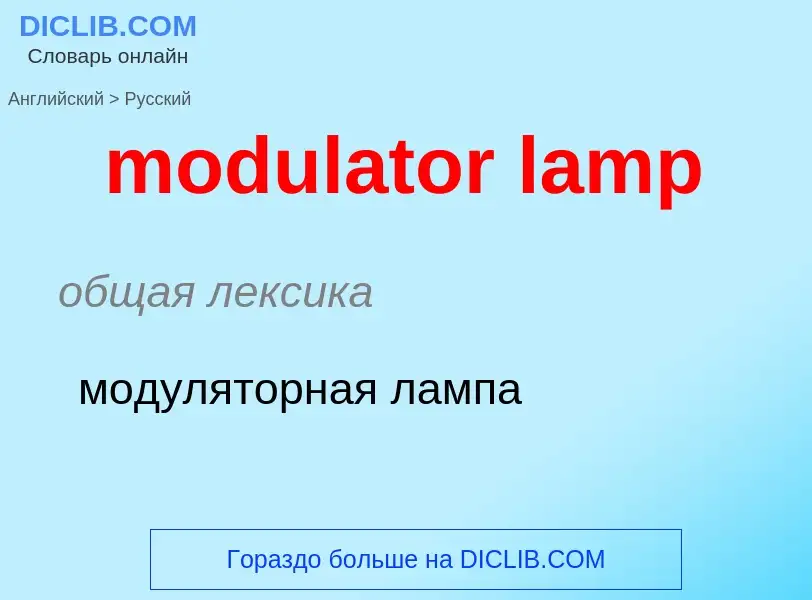Translation and analysis of words by ChatGPT artificial intelligence
On this page you can get a detailed analysis of a word or phrase, produced by the best artificial intelligence technology to date:
- how the word is used
- frequency of use
- it is used more often in oral or written speech
- word translation options
- usage examples (several phrases with translation)
- etymology
modulator lamp - translation to russian
общая лексика
модуляторная лампа
общая лексика
лампа инфракрасного излучения
общая лексика
газоразрядная лампа
Definition
Wikipedia
Thomson's lamp is a philosophical puzzle based on infinites. It was devised in 1954 by British philosopher James F. Thomson, who used it to analyze the possibility of a supertask, which is the completion of an infinite number of tasks.
Consider a lamp with a toggle switch. Flicking the switch once turns the lamp on. Another flick will turn the lamp off. Now suppose that there is a being who is able to perform the following task: starting a timer, he turns the lamp on. At the end of one minute, he turns it off. At the end of another half minute, he turns it on again. At the end of another quarter of a minute, he turns it off. At the next eighth of a minute, he turns it on again, and he continues thus, flicking the switch each time after waiting exactly one-half the time he waited before flicking it previously. The sum of this infinite series of time intervals is exactly two minutes.
The following question is then considered: Is the lamp on or off at two minutes? Thomson reasoned that this supertask creates a contradiction:
It seems impossible to answer this question. It cannot be on, because I did not ever turn it on without at once turning it off. It cannot be off, because I did in the first place turn it on, and thereafter I never turned it off without at once turning it on. But the lamp must be either on or off. This is a contradiction.


![A [[compact fluorescent lamp]] A [[compact fluorescent lamp]]](https://commons.wikimedia.org/wiki/Special:FilePath/02 Spiral CFL Bulb 2010-03-08 (black back).jpg?width=200)




















![15 kW [[xenon short-arc lamp]] used in [[IMAX]] projectors 15 kW [[xenon short-arc lamp]] used in [[IMAX]] projectors](https://commons.wikimedia.org/wiki/Special:FilePath/Xenon short arc 1.jpg?width=200)
